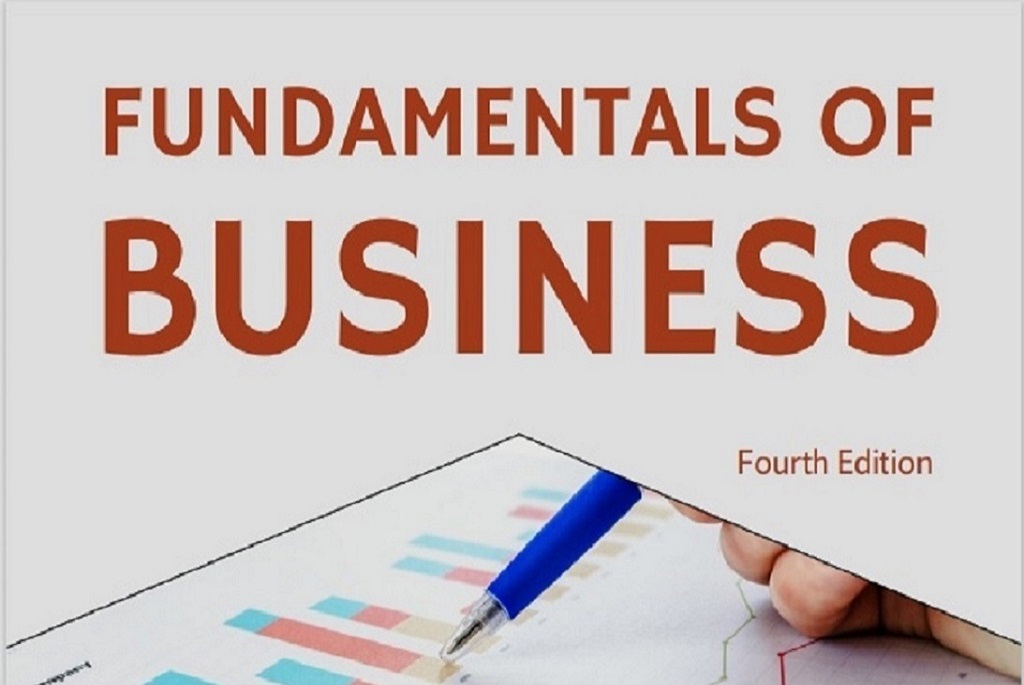VTechWorks
VTechWorks provides global access to Virginia Tech scholarship, including journal articles, books, theses, dissertations, conference papers, slide presentations, technical reports, working papers, administrative documents, videos, images, and more by faculty, students, and staff. Faculty can deposit items to VTechWorks from Elements, including journal articles covered by the University open access policy. Email vtechworks@vt.edu for help.
Communities in VTechWorks
Select a community to browse its collections.
Recent Submissions
Examining the Relationship Between Problem-Solving Style, Resiliency, Winning Percentage, and Injury
Latona, Sam (Virginia Tech, 2025-12-22)
Collegiate Division I wrestling is a physically and mentally demanding sport caused by weight
cutting, injuries, academic pressure, performance pressure, and grueling workouts. These
demands make resilience and problem-solving skills pivotal to finding success at such a high
level. This study has the purpose of examining relationships between problem-solving style,
resiliency, winning percentage, and injury. The study used the tools of Kirton’s AdaptionInnovation Inventory (KAI) and Connor Davidson’s Resilience scale to find correlations between
problem-solving styles and resilience regarding performance outcomes in a high stress collegiate
athletic context. The participants in the study included 21 male NCAA Division I wrestlers from
a southern land-grant university during the 2024-2025 season.
The results found a moderate positive correlation between KAI and CD-RISC-10 (r= 0.53)
indicating more innovative problem-styles were linked to higher resilience. Small positive
correlations were seen between KAI and winning percentage (r= 0.19) and resilience and
winning percentage (r= 0.15). Lastly a moderately positive correlation was found between
resilience and injury (r= 0.39). These findings are helpful in the effort of increasing the success
of both adaptive and innovative individuals as they perform in NCAA Division I wrestling. This
study has implications for coaching strategies and development.
(Re)search Yourself: How to Leverage Reflection and Vulnerability to Flourish in Academia and Beyond
Harden, Samantha M.; Rabin, A. Borsika; Weiss, Allen; Gatto, Alyssa J.; Buys, David R.; Good, Deborah J.; Berry, Elizabeth A.; Kange, Emma; Boyle, Fionna M.; Erickson, Luke; Neuhaus, Maike; Lindemon, Meredith; Verheyden, Miriam; Staab-Shentsis, Monika; Gregg, Morgan; Androsova, Natalya; Wang, Sarah; Miller, Terri A.; Baker, Vicki L.; Lanier, Viola; Mason, Lauren A. (Virginia Tech Department of Human Nutrition, Foods, and Exercise, 2025-12)
(Re)search Yourself is a collection of essays on career, faith, and place within and beyond academia, and we invite our readers to use our stories to reflect on their own journeys. This anthology illuminates familiar themes, including the struggle to belong, the need to feel good enough or smart enough, and the desire to manage the deluge of personal struggles amidst professional ones. Isolation is damaging; social connection is the antidote. Through these reflective and vulnerable essays, we strive to foster a healthier academic culture for all.
Monoaminergic Signaling in the Human Brain: New Insights
Hartle, Alec Edward (Virginia Tech, 2025-12-19)
Understanding how neuromodulatory systems cooperate to shape cognitive and behavioral processes remains a central challenge in neuroscience. The monoamines dopamine, serotonin and norepinephrine uniquely contribute to neural computations throughout the forebrain, influencing attention, learning and decision-making. However, resolving these monoaminergic signals at physiologically and behaviorally relevant spatiotemporal scales in the human brain have been constrained by limitations of available techniques. Within this dissertation, I employ a machine learning-enhanced voltammetry (MLEV) technique that can detect sub-second transients of dopamine, serotonin and norepinephrine in the human brain. First, we demonstrate the chemical selectivity of MLEV using optogenetically evoked monoamine release in transgenic mice. We then move away from model organisms and apply MLEV in awake humans while they performed behavioral tasks. In this work, we had subjects play an emotional Stroop task and identified there were differential modulation of monoamines during the presentation of valenced words in the thalamus and anterior cingulate cortex. In a separate experiment, patients with Parkinson's disease or essential tremors played a social reward task. We observed opponency between dopamine and serotonin to positive prediction errors in patients with essential tremor, but not in those with Parkinson's disease. Moreover, patterns of dopaminergic and serotonergic signaling predicted disease state. The work in this dissertation demonstrates that coordinated monoaminergic signaling underlies the computations linking valence and reward processes.
Human-AI Handshaking: Supporting Extreme Sensemaking through Trustworthy Shared Perception
Wilchek, Matthew Ryan (Virginia Tech, 2025-12-19)
Extreme sensemaking occurs when teams of people must build situational awareness in high-stakes, dynamic environments such as search and rescue, military, or security operations. These contexts are marked by uncertainty, fragmented information, and time-critical decisions that stretch human cognitive and physical limits. Artificial intelligence (AI) offers potential assistance, but distributed AI systems that rely on object detection, such as drone swarms, autonomous vehicles, and large-scale sensor networks, face their own challenges, including fluctuating accuracy, false detections, and fragile resilience under real-world dynamics. This dissertation introduces the "Human-AI Handshake", a novel human-AI interaction technique that incorporates human-in-the-loop (HITL) and crowd-in-the-loop (CITL) components to enhance object detection accuracy and shared perception in distributed systems. The Human-AI Handshake addresses core challenges by combining human feedback with AI model performance to mitigate uncertainties and improve trustworthiness. The foundation of the proposed concept comprises four key components: (1) evaluating HITL concepts for improving computer vision accuracy, (2) enhancing shared perception among distributed AI systems to enable better situational awareness, (3) ensuring AI trustworthiness through a synchronized perception trust framework, and (4) interpreting contextual awareness to help AI systems adapt to diverse, real-time scenarios. The technique is tested in extreme sensemaking applications, including augmented reality (AR)-assisted search and rescue, where accurate and reliable object detection is essential. Overall, the Human-AI Handshake provides an assured, scalable solution for improving AI assurance in distributed, dynamic environments, ensuring greater reliability, trust, and performance in critical operations.
Comradery, Class, and Consciousness: A Case Study in Comradery
McKinney, Ranger Egalite-Dionysus (Virginia Tech, 2025-12-19)
Recent attempts to save the US labor movement from declining relevancy and membership through social unionism have met with limited results. This work identifies this failure with social unionism's lack of interest in helping members create a robust class consciousness. To this end, I develop the idea of a comrade social bond through engagement with a diverse set of theorists and an intensive comparative case study of two unions during the period of the First Red Scare (1919-1920). I argue that comradery as a strong, disciplined, relationship oriented towards a revolutionary goal can create an environment in which members of unions understand their short-term efforts as part of the class struggle and thus build their class consciousness. My case studies test this theory by carefully demonstrating that a union with this social bond was able to retain members during a period of political repression, whereas a union without this social bond lost considerable membership, which indicates a strong class consciousness in the union with this social bond. Developing this theory holds direct implications for the ongoing struggle of labor unions to retain members, as well as vast potential for further theoretical development of the comrade bond as a method of organizing workers into sturdier unions ready to face the challenges of increasingly authoritarian capitalist systems of rule.


